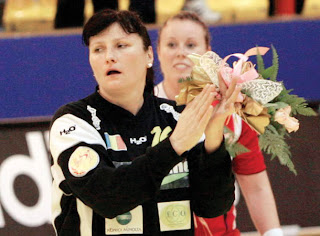The sheep breeding in our country has a millennial tradition. The pastoral year in Romania is dominated by other rules than the regular year, as it has two crossing points:
Sângiorz Day (St. George, who closes the winter and opens the summer) and
Sânmedru Day (St. Demeter, the saint who closes the summer and opens the winter). They have received the keys of the weather from God and wear them at the belt, "lest someone steal them and play with the weather as they like". These two pastoral "seasons", are closely related to the animal biological rhythm, the fertile and sterile season.
The beginning of pastoral year is associated with numerous organizational and economic measures (closing of meadows for cattle grazing, the deals with shepherds and cowboys, the composition of the flocks and herds, solving the problem of grazing during the summer, shearing sheep before they climb the mountain, building huts and pens), legal (the amount of sheep and lambs, milk measurement for determining the rate of cheese that will be received by each sheep owner) and ritual (eg, purification of cattle and sheep, of the shepherds and animal owners, to prevent the attack of wild beasts, etc.).
Three shepherds from Sibiu, early 20th century
Significant Dates:
Sângiorz (St. George's Day), the beginning of pastoral year. Now the owners of the sheep and the shepherds decide how to organize their flocks.
The Choose (April 22), - the first milking, the selection of lambs of goatlings.
Sântilie (St. Elias's Day, July 20). Now the shepherds' wives trim the lambs' wool - an activity that has a practical purpose, but also an emotional one because the shearing of lambs represents the first meeting of the shepherds with their wives and fiancees since the departure of flocks (shepherds are not allowed to see women until Sântilie, because they must keep "clean"). On
Sântilie (July 20) or on
Sântămărie (St. Mary' Day, August 15) the shepherds organize
Nedeia, a fair where they exchange products; young people could get to know, to get married on the spot or on future Nedeia.
Sântămărie (St. Mary' Day, August 15). After spending all summer in the mountains with the sheep, the shepherds bring their flocks to graze on pastures, hay-fields, and stubble fields near the villages until occurs
răvăşirea oilor, the dissolution of the flock to the sheep owners (end of September).
Sânmedru. On this day ends the deals between shepherds and sheep owners and begins the
wintering of the sheep. Although slightly altered over the years, the custom has survived until today as a symbolic event marking the end of pastoral year.
Shepherd from Maramureş
The departure and the return of flocks and herds are the most important events in the life of mountain villages and are traditionally celebrated by popular shows resembling thousands people.
Images from
Romanian Museum,
Quadratus's Weblog,
Klever Tavel.


































































